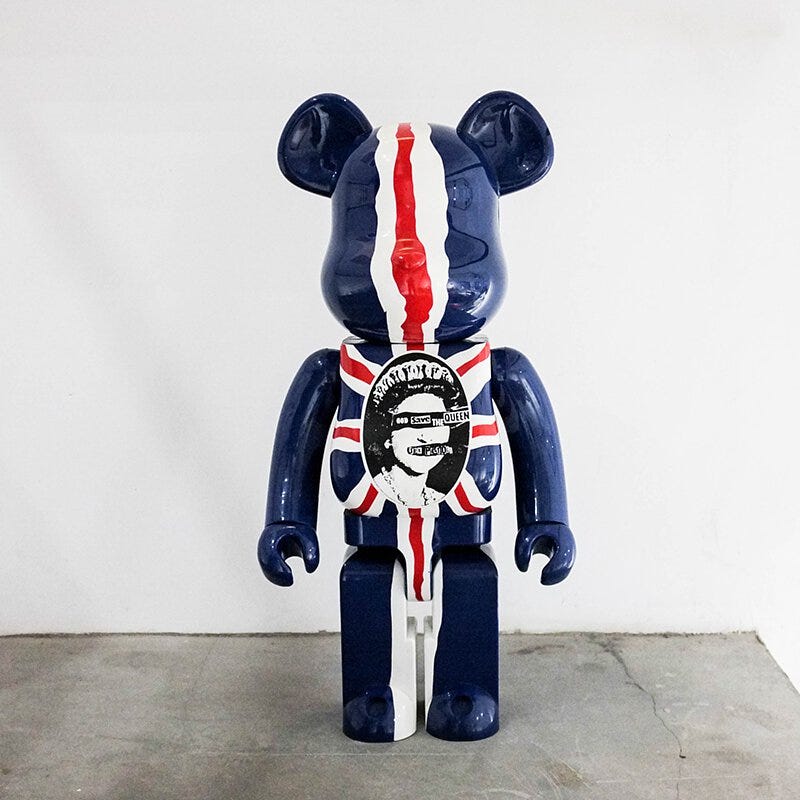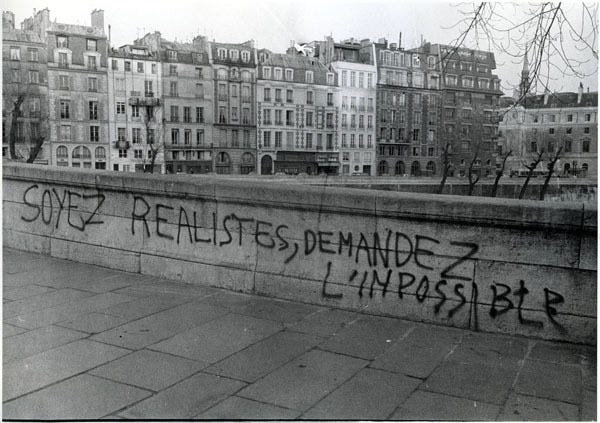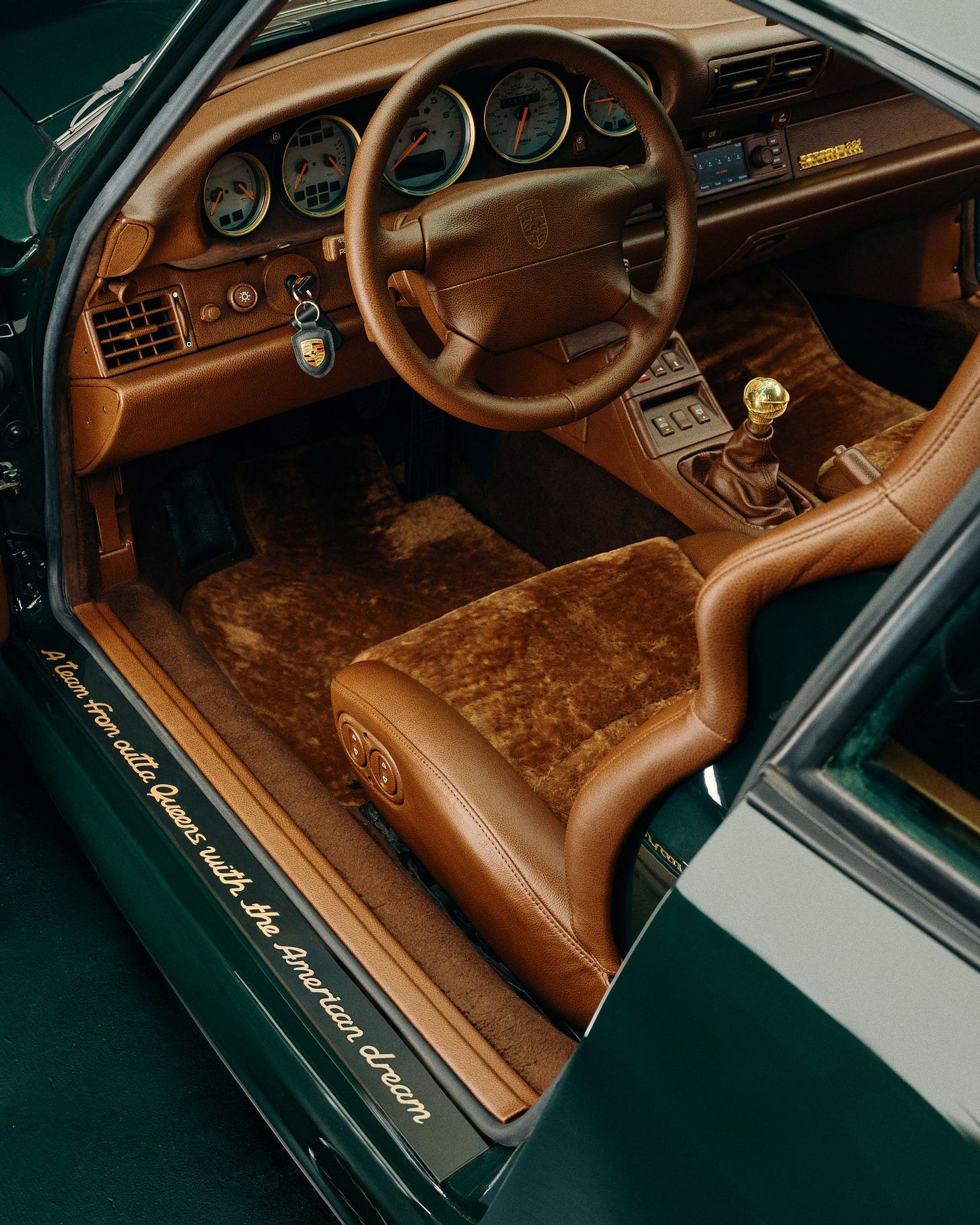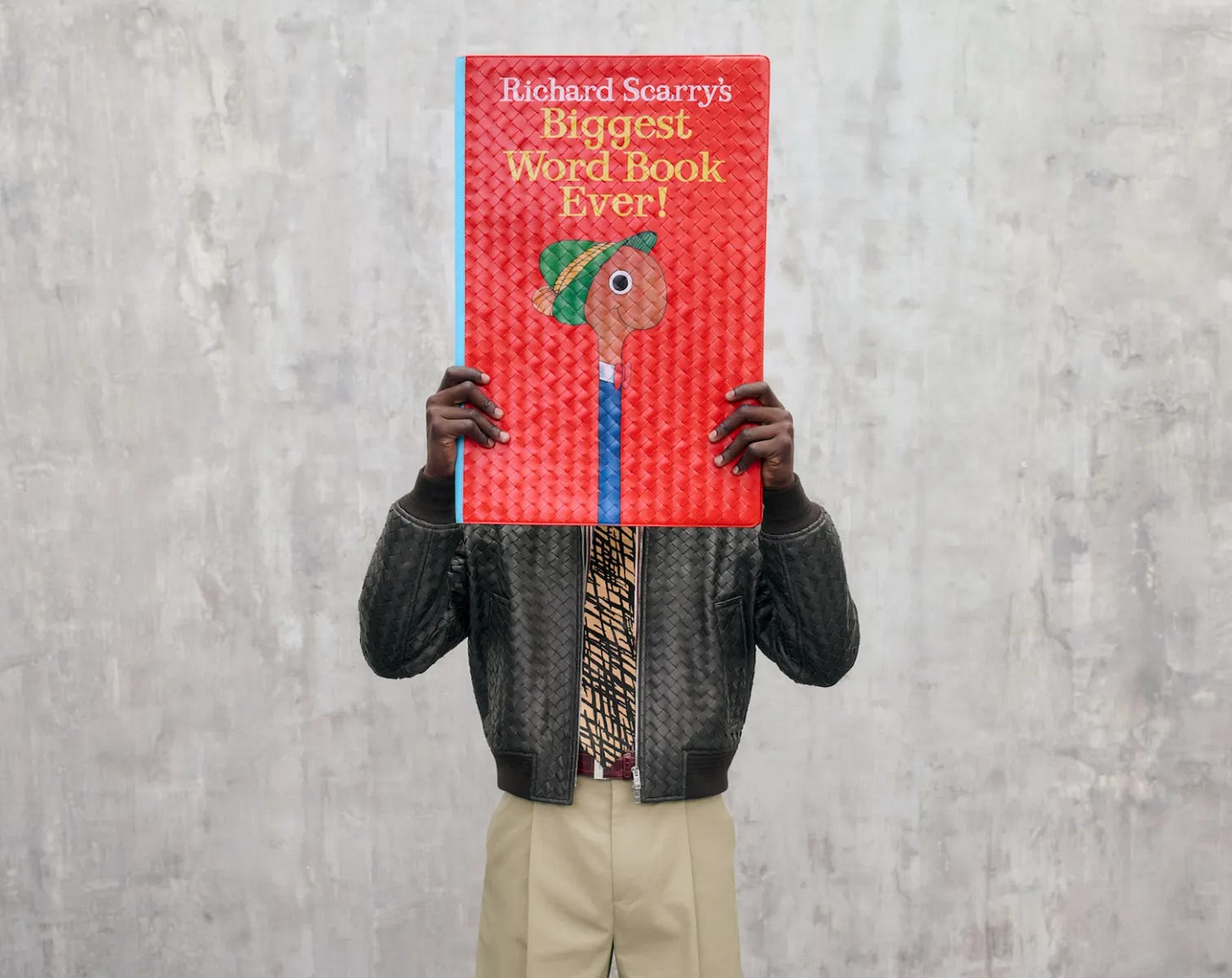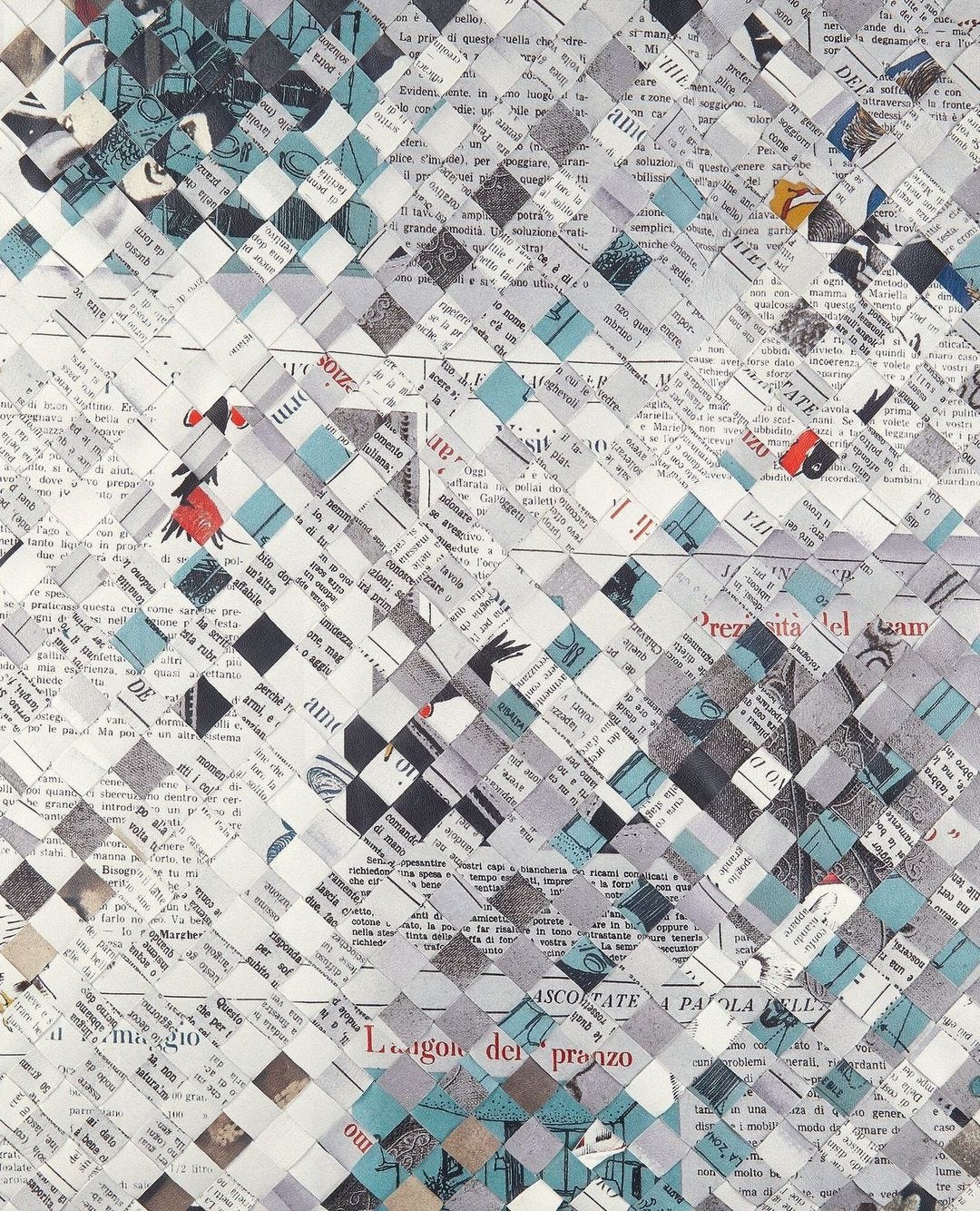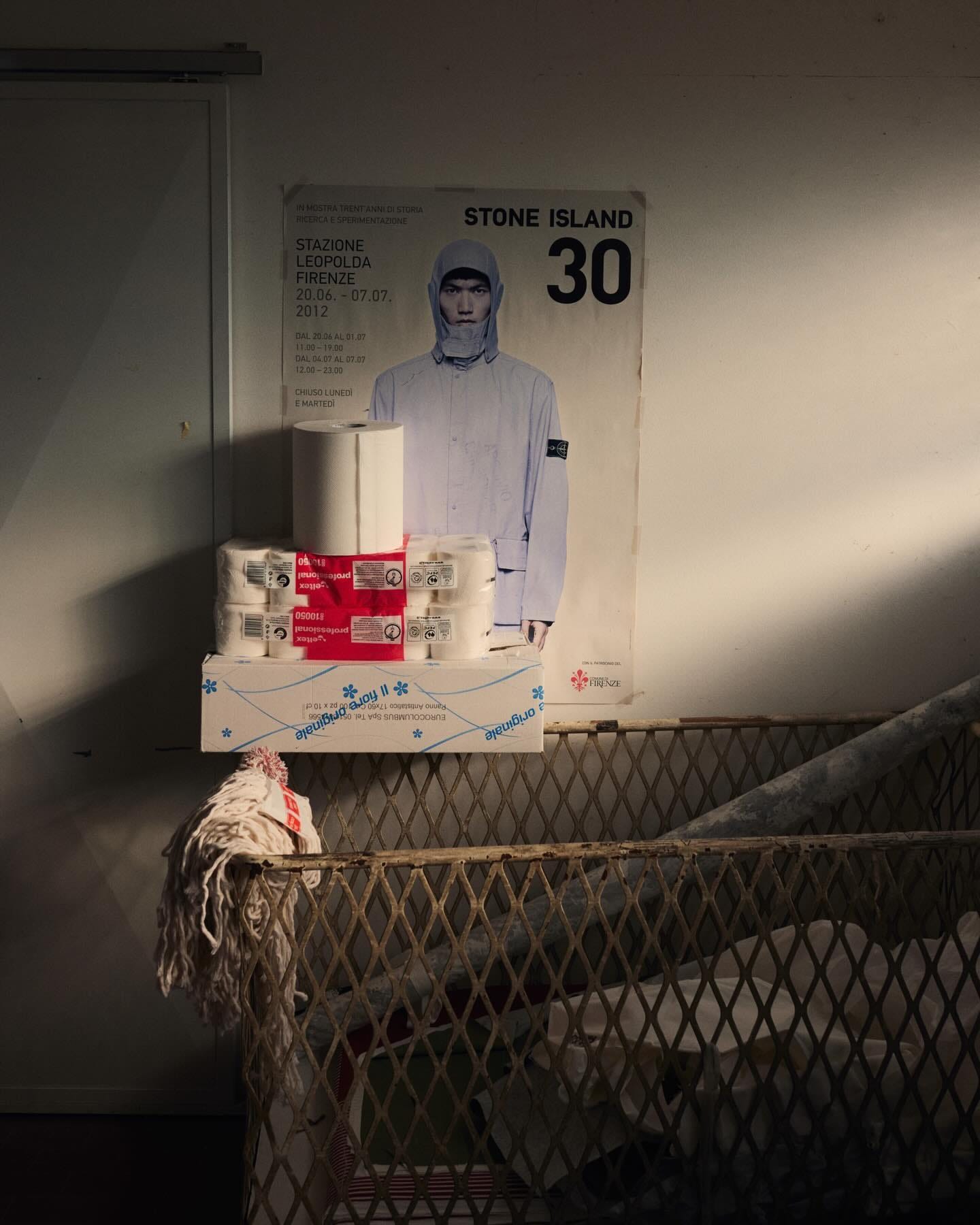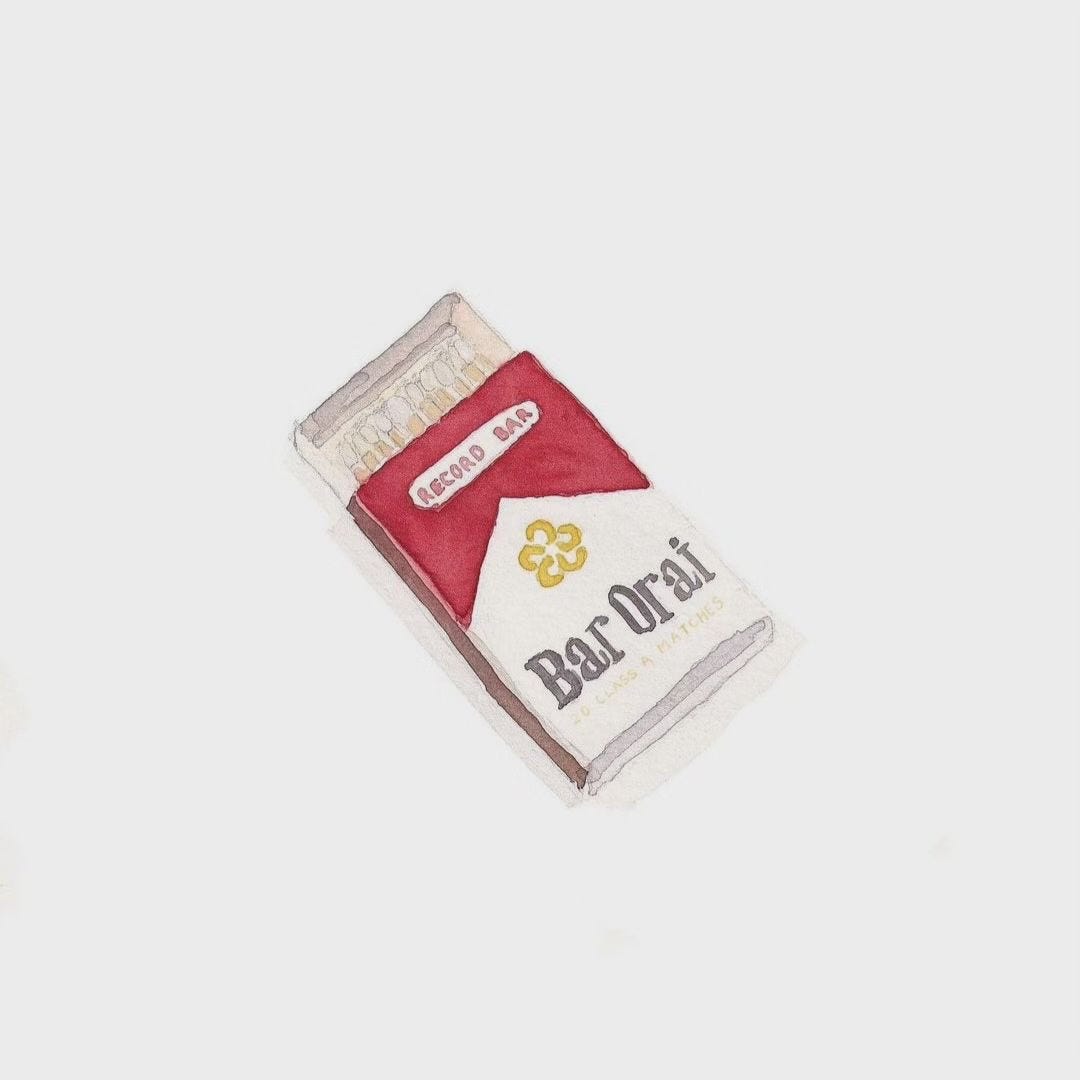Fragments Nº16: Be Reasonable, Demand The Impossible
Parochial Collabs, Distinguished Patterns, Obsession on Film, Fight Club Look books and a defense of Smooth Jazz
England’s Dreaming.
It’s been almost two decades since I picked up and devoured Jon Savage’s definitive cultural hagiography of the Sex Pistols and Punk. What makes Savage’s book so endlessly readable is both the ‘on the ground’ energy it captures from its participants and its desire to delve back into the formative lives of its characters to understand the cross-currents, both accidental and intentional, that made it happen most principally through Malcolm Mclaren. This depth of context throws all the other elements of the Sex Pistols moment into stark, thrilling terms.
Initially published in 1991, its still fresh proximity to the key moments of 1976/77 means that it never hardens into the amber of nostalgia. The spikiness is still there in the recollections and retelling of the moment. Punk (a genre I have never fully engaged with, in truth) is reclaimed as the radical act it was in the UK that shook a nation out of its inertia.
Of course, I’m predisposed to gravitate towards the book, as it helped greatly inform my thesis at St Martin’s while also providing the backbone of various nom-de-guerres on here, namely the King Mob, my portfolio, my (old) WordPress from 2007 - 10, and, of course, the name of this nascent Substack. Beyond that, I highly recommend it for its plethora of recommendations and deep byways that explore 1970s culture. You’d be amazed how many tensions feel concurrent with today.
But why on earth am I talking about this? And what the hell has it got to do with this week’s Fragments?
”Be Reasonable, Demand The Impossible” is a classic Situationist slogan adorned some of Westwood’s first clothing explorations of SEX and Seditionaries. But it also serves as a thread through (most) of these ideas in this week’s editions.
As I end a year that hasn’t gone to plan… it is also the hook, maybe a naive belief that the impossible is within reach.
Now, onto the Fragments…
My Other Car Is A Porsche
Luckily, last week's best car launch didn’t become a grotty engagement farming tactic on LinkedIn.
The launch was Aimé Leon Dore’s fifth Porsche collaboration, a continuing project exploring all manner of nuances within the Porsche archives. This 993 is all ‘Mulberry Green’ and shag-pile carpets. Both brands meticulously executed and documented it. Even down to the slightly Alan Partridge-esque racing jackets.
Even with its shades of Top Gear, the brand film is fun and watchable. ALD gallavanting around the Scottish Highlands. It is an inverse Tweed Rally for guys with expanded Bitcoin portfolios and puffed-out egos.
But, I struggle to shake this sense of parochialism that comes through in the collaboration. (”A team outta Queens with the American Dream”).
While pride in place is one thing, there’s something small and needy about this constant sense of “Look, Ma! I made it!” that this phrase denotes. It speaks not of a brand with a global outlook, ultra-confident in its work, but of a parochial brand constantly justifying its existence—a cul-de-sac continually leading back home. Which, paradoxically, isn’t the trajectory of the brand at large.
I fully appreciate that many people would disagree here—that a tribute to Queens is nothing more than ALD having the clout to do it their way. A one-shot. In the same way, brands in London, Paris, or anywhere else could and would have done it like that. But playing with Porsche and doing it with aplomb is a bigger canvas. Global scope. These are always statements of intent about possibility and looking forward, not looking back.
ALD has demonstrated in the past its ability to translate its sensibility globally. (‘The World’s Borough lookbook demonstrates this). It might be time to consider putting Queens on the back burner. The World Is Yours Teddy.
Material Studies
Bottega uses parochialism to its everlasting advantage because it’s implied through materials, craft, and repetition rather than simply association with a place. This idea has been reinforced through several moves the brand has made over the last week.
Firstly, the acceleration of the Bottega Intrecciato leaping its original forms to become a marker that leaves its imprint on products through its application. Case in point: the excellent partnership with Flos. Secondly, in the reinterpretation of Richard Scarry’s ‘BIGGEST WORD BOOK EVER!’ in Bottega Intrecciato. Thirdly, the remarkable leather Intrecciato is based on cut-up newspapers available online, and I assume it will be in the new VIC store soon.
I especially like the application of brand assets in deconstructed forms and fashions. It’s an internal sign of confidence (in equity and how these assets are handled) and a way to show what a ‘Bottega Veneta (d)’ world looks like.
It takes smarts and brute intelligence to execute this—and of course, if done right, it creates its form of content and discussion as people work through their feelings about it. Bottega, under Blazy, has accelerated this flair for craft and materials turning up in unusual places, giving the brand at considerable momentum and creative clout.
The VIC floor of the new Madison Avenue Bottega store explores the tension between creative flair, craft, and commercial gains. Mirroring its Palazzo concept in Venice, the store returns the brand to its NYC origins (the original Bottega store opened in 1972). From WWD:
On an appointment-only basis for private clients, the New York loft apartment offers exclusive services, including dressing consultations, collection previews, made-to-order and red-carpet custom pieces, while hosting a regular program of cultural events that builds on the house’s history of cultural engagement and nurtures dialogue, exchange and community-building across artistic disciplines, genres, and generations. There is also a bar and the possibility to dine at the venue.
AKA - precisely the type of place you’d feel enticed going in and enhanced, aesthetically and mentally, on the way out. Not a bad trade.
This type of cohesiveness and raw cerebralness makes this brand so good. It’s so brilliantly anti-dumb that it elevates every single execution and touchpoint. And in a world of slop and informed stupidity, I love it even more for its agility in applying conceptual, uncompromising ideas. If, indeed, Blazy does leave for Chanel. (As rumoured), then the legacy of the Intrecciato leaping from fashion motif to luxury lifestyle statement will be pronounced.
Getting The Badge In
Speaking of Brute Intelligence, Stone Island's continued elevation as it dances between subculture and high culture is truly impressive. For every campaign that garners buzz (the ongoing brilliance of COMMUNITY AS A FORM OF RESEARCH campaign), an alternate side pulls the brand further into rabbit holes of production and process and signals of elevation.
The challenge here is to immerse the viewer in provenance. Here it is, presented in detail—process upon process upon process. Described by the director as a ‘docu-poem,’ it does create a dreamlike atmosphere—a space almost divorced from reality and ethereal. I care more because they care more. It’s a symbiotic relationship.
The docu-poem tells the story of Stone Island from an unparalleled perspective – by the people who make the garments themselves – conveying the unique spirit of continual research and experimentation that lies at the heart of the community and the brand. "Stone Island is all about infinite colours—not just the shades of its garments, but the endless creativity behind them. – Ken-Tonio Yamamoto
The full film is below:
Smooth-Brained
With Thanksgiving this week, you’ll hopefully have time to relax and (not) be terminally online. Maybe you'll listen to some music. Well, Sam Valenti, Michael Cina (and I) have you covered.
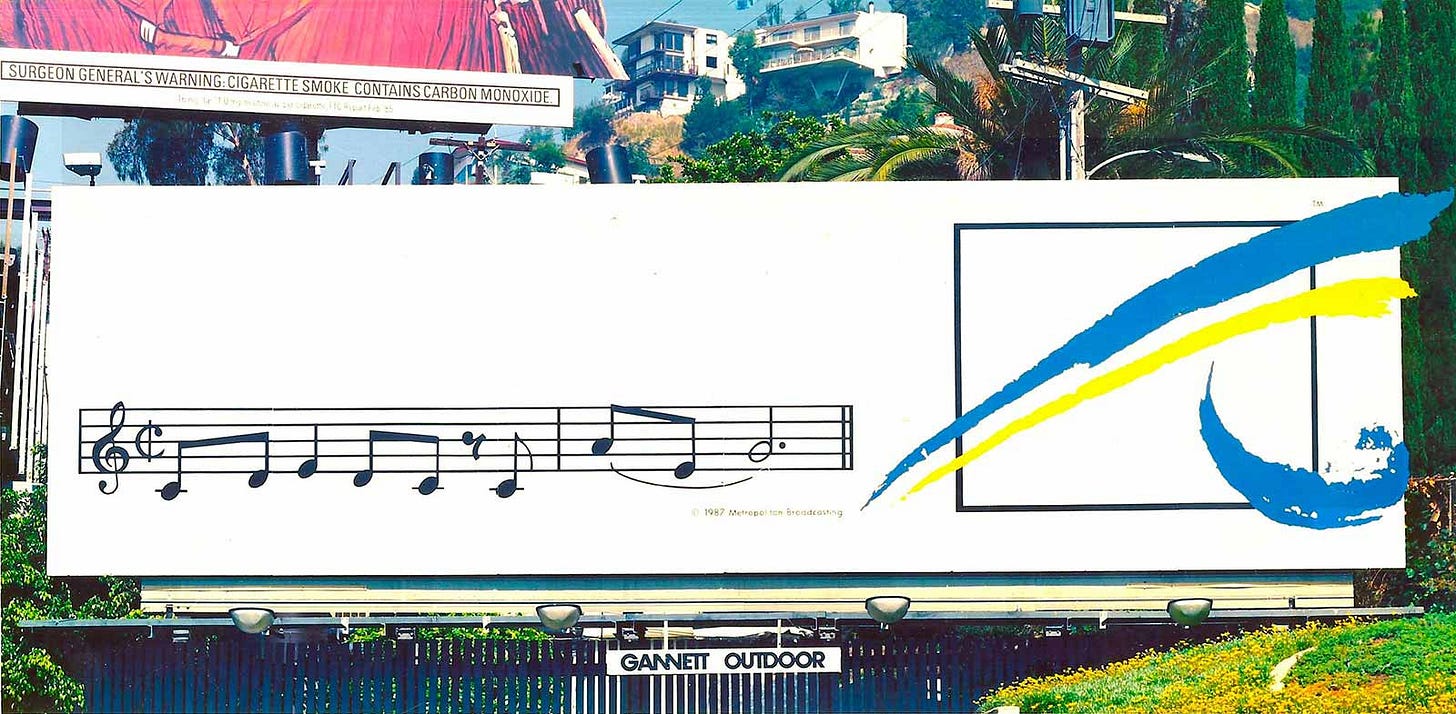
Very few sub-genres of music are vilified or misunderstood as smooth jazz. The words conjure up a cheesy, overly earnest world of Kenny G-style clones.
Unsurprisingly, the truth is more complex and nuanced. Herb Sunday’s newest mixtape digs into this world and hits on a critical point of these eras - they exist at the shoulder of something else happening in culture.
I want to go one step further. At the opposite end of the conceptual rage and nihilism of Punk is the luxuriated nihilism of Regan-era American Jazz. Embalmed, expertly executed, and earnest, its nihilism is in escape. Blur out to an unthinking puddle on the 405. Listening to the captured recording of KTWV (94.7 MHz) "The Wave" on The Internet Archive, including the ads from the time, captures this mood perfectly. Smooth-brained 30 years before we all were.
This isn’t to knock the music. There are some spectacular tunes here, and it’s an area of music I’ve been exploring for years. The beauty of this era is that the albums remain (mostly) in bins and stuffed at the $5 or less section of Discogs sellers. (I will not reveal sources.). In totality, it holds up.
My most recent mix from Bar Orai explores a lot of this world. Linked below.
Enjoy! More next week…




